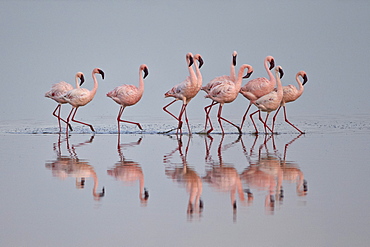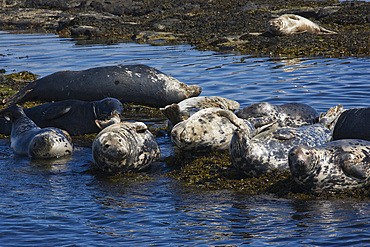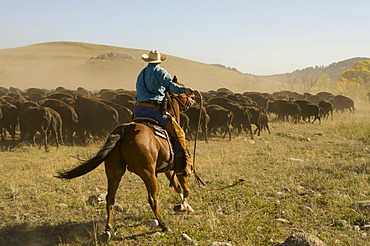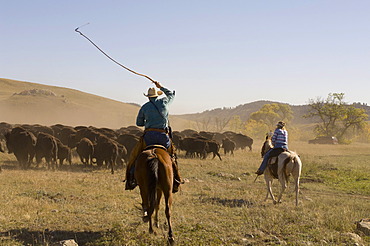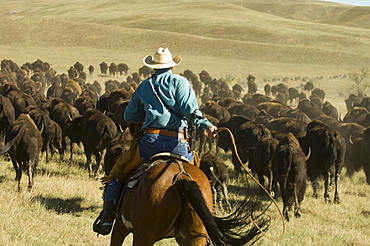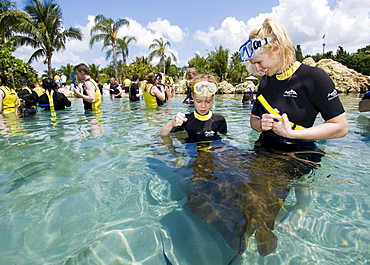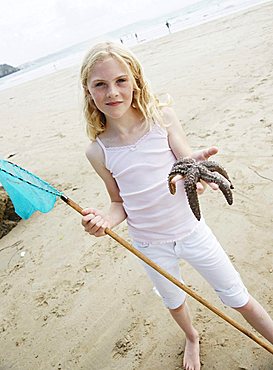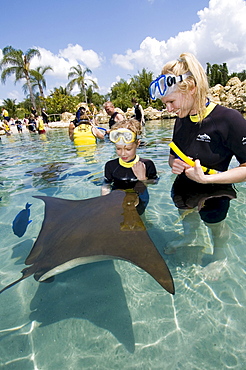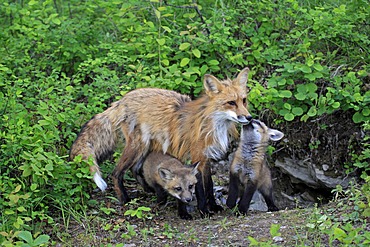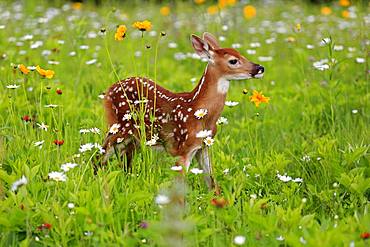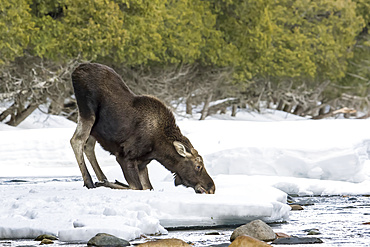Results
6 results found
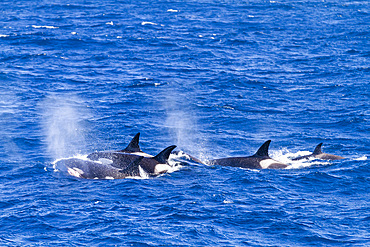
Small pod of eight to ten 'Type A' Oceanic killer whales (Orcinus orca), hunting near Stanley, Falkland Islands, South America
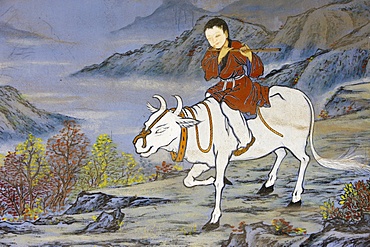
Painting of coming home on the Ox's back, from the ten Ox Herding Pictures of Zen Buddhism, representing the stages of enlightement, Seoul, South Korea, Asia
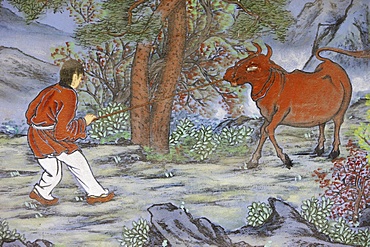
Painting of catching the Ox, from the ten Ox Herding Pictures of Zen Buddhism, representing the stages of enlightement, Seoul, South Korea, Asia
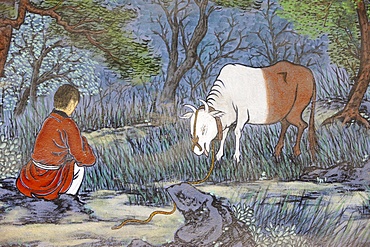
Painting of herding the Ox, from the ten Ox Herding Pictures of Zen Buddhism, representing the stages of enlightement, Seoul, South Korea, Asia
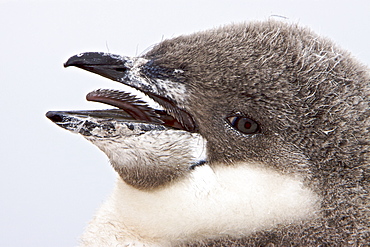
Chinstrap penguin (Pygoscelis antarctica) chick head detail at colony on Useful Island near the Antarctic Peninsula. There are an estimated 2 million breeding pairs of chinstrap penguins in the Antarctic peninsula region alone, perhaps as many as 7.5 million breeding pairs in all of Antarctica. Their name derives from the narrow black band under their heads which makes it appear as if they are wearing black helmets, making them one of the most easily identified types of penguin. Other names for them are "Ringed Penguins", "Bearded Penguins", and "Stonecracker Penguins" due to their harsh call. They grow to 68 cm (27 in). The average adult weight of a Chinstrap Penguin is 4.5 kg (10 lbs). Weight can range from 3 to 6 kg (6.6-13.2 lbs), with males being slightly larger and weight varying based on where the penguin is in the breeding cycle. Their diet consists of krill, shrimp, and fish. On land they build circular nests from stones, and lay two eggs, which are incubated by both the male and the female for shifts of five to ten days. They can also breed on icebergs, though they prefer non-icy conditions. The chicks hatch after about 35 days, and have fluffy gray backs and white fronts. The chicks stay in the nest for 20?30 days before they go to join a creche. At around 50?60 days old, they moult, gaining their adult plumage and go to sea. The Chinstrap Penguin was first described by German naturalist Forster in 1781. Its specific epithet was often seen as antarctica, however a 2002 review determined the genus Pygoscelis was masculine, and hence the correct binomial name is Pygoscelis antarcticus.
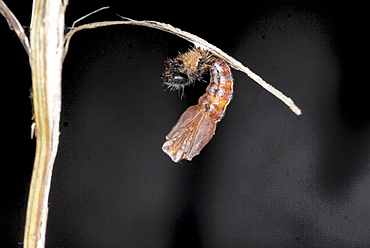
When the shed skin nears the tail, the newly formed chrysalis begins to shake very vigorously until the skin falls to the ground, then it settles down to form the butterfly within. The shape of the wings, anttenae and eyes can already be clearly seen. The process completes in seven to ten days. . Isle of White, UK. Isle of White, UK

When the shed skin nears the tail, the newly formed chrysalis begins to shake very vigorously until the skin falls to the ground, then it settles down to form the butterfly within. The shape of the wings, anttenae and eyes can already be clearly seen. The process completes in seven to ten days. . Isle of White, UK. Isle of White, UK
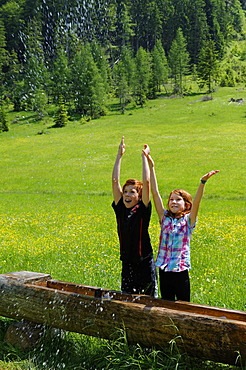
Children splashing water at an animal watering trough, Elendsalm, Klooaschertal valley near Bayerischzell, Blauberge, Upper Bavaria, Bavaria, Germany, Europe
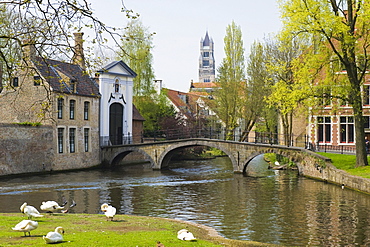
Entrance of the Bruges Beguinage Ten Wijngaerde, Unesco World Heritage Site, historic centre of Bruges, Belgium, Europe
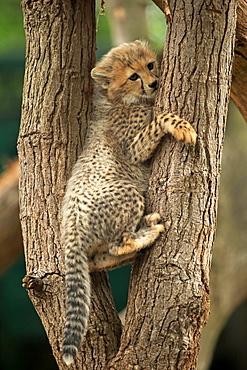
Cheetah, Sudan Cheetah, (Acinonyx jubatus soemmeringii), young animal, ten weeks old, in tree, Sudan, captive, Africa
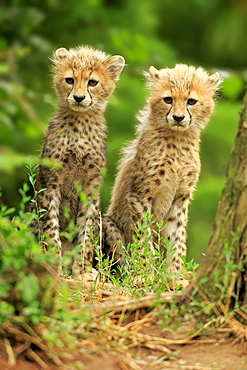
Sudan cheetah (Acinonyx jubatus soemmeringii), two young animals, siblings, sitting, ten weeks old, occurrence Sudan, captive
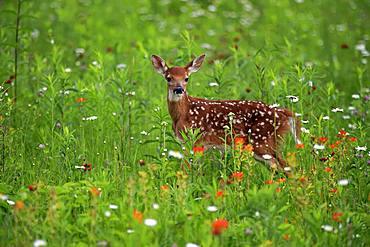
White-tailed deer (Odocoileus virginianus), young animal, ten days, standing in flower meadow, Pine County, Minnesota, USA, North America
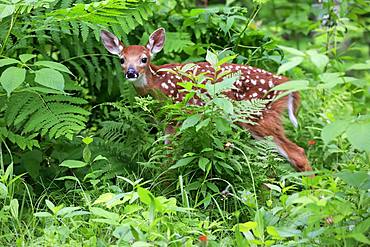
White-tailed deer (Odocoileus virginianus), young animal, ten days, in the bushes, Pine County, Minnesota, USA, North America
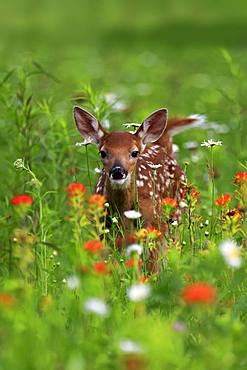
White-tailed deer (Odocoileus virginianus), young animal, ten days, standing in flower meadow, Pine County, Minnesota, USA, North America

White-tailed deer (Odocoileus virginianus), young animal, ten days, in the bushes, Pine County, Minnesota, USA, North America
